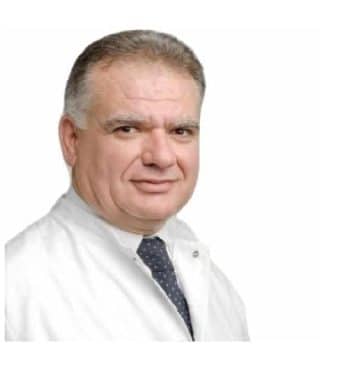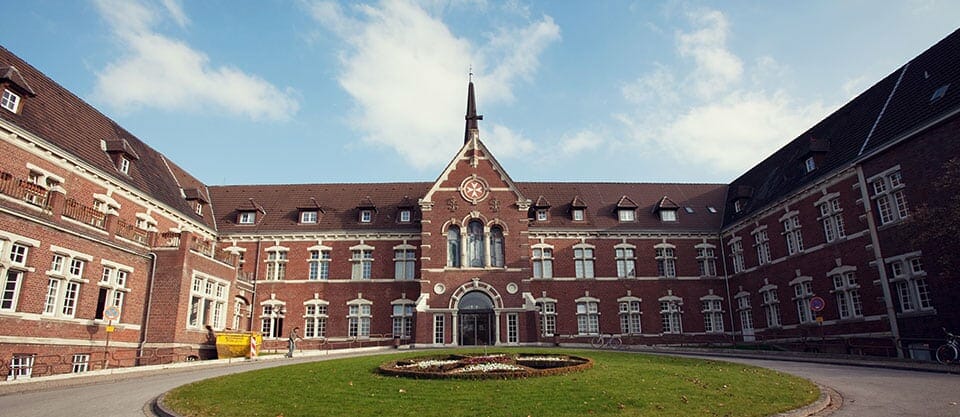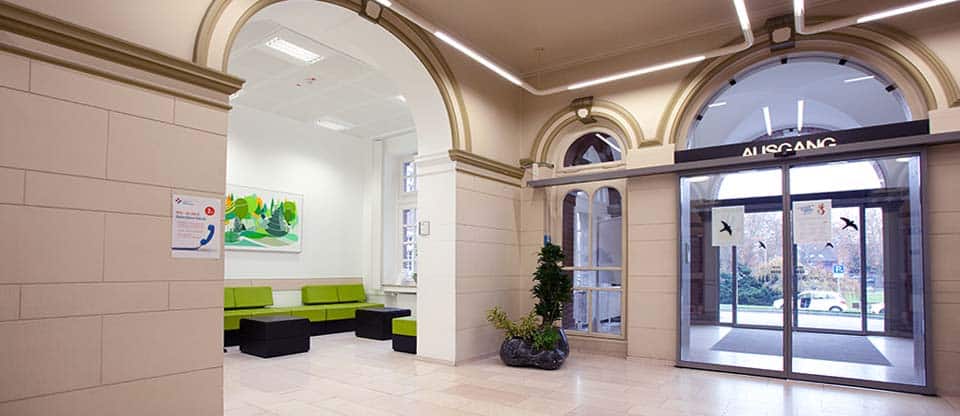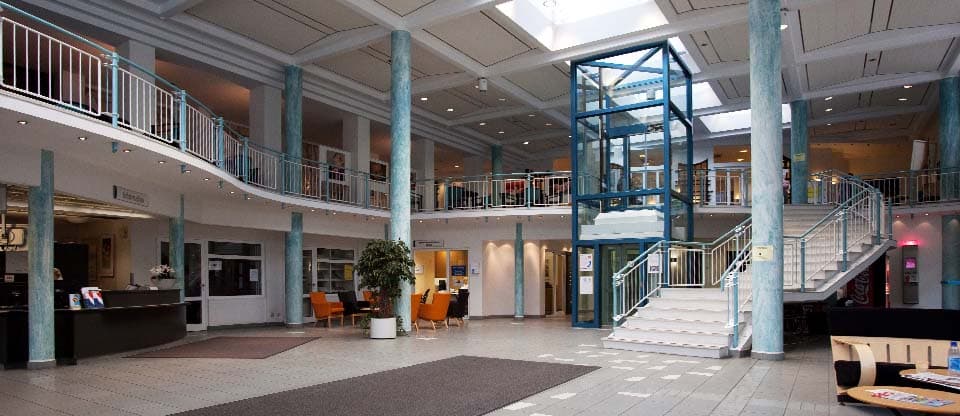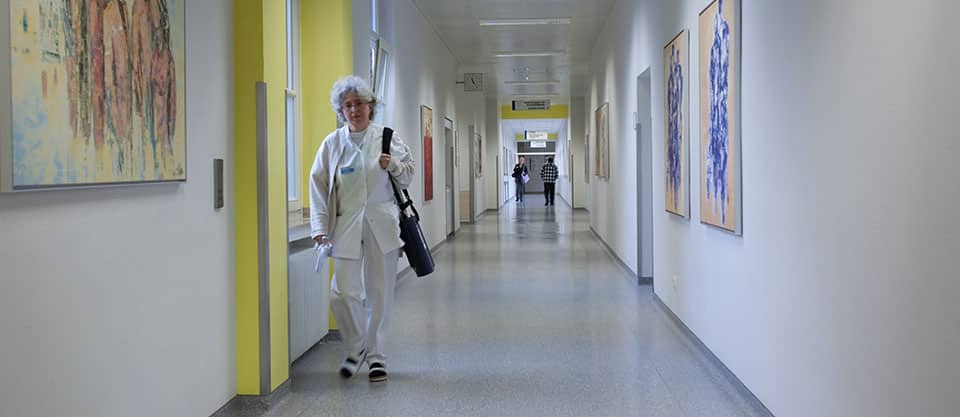Surgery of the thoracic aorta primarily includes the treatment of aneurysms and aortic dissections. Aneurysms are saccular changes in the arterial wall that lead to an increase in the diameter of the vessel and are one of the most common causes of long-term and refractory arterial hypertension.
The increase in the size of the aneurysm leads to a dramatic increase in the tension of the vascular wall with a possible outcome in the rupture of all layers of the vessel wall (open rupture) or only its inner part (rupture of the intima-dissection). In the latter case, with aortic dissection, blood penetrates through the intimal rupture into the aortic wall and can lead to severe circulatory disorders (of the head, arms, legs, abdominal cavity, etc.) or can freely break out, provoking internal bleeding, and lead to to the death of the patient. The operation is indicated to prevent a severe process in the dissection of the ascending aorta and aortic arch.
Operations
The purpose of this surgical intervention is to replace the damaged wall of the aorta with a vascular prosthesis. Until recently, this was only possible through a large extended operation with a median sternotomy, with the use of PLA (cardiopulmonary apparatus) and, in the case of aortic arch replacement, circulatory arrest or selective brain perfusion.
New methods
Today, there are new treatment programs that are less invasive and can prevent an extremely high number of comorbidities. Due to the anatomic relationship between the aorta and the aortic valve that separates it from the left ventricle, located in the initial part of the ascending aortic arch, dissection or aneurysm of the ascending aorta can lead to insufficiency of the valve itself. With the old techniques, aortic valve replacement with a prosthesis was always performed. Today, in most cases, it is possible to reconstruct the aortic valve using various techniques (for example, according to the David method) and fix it to a vascular prosthesis.
Hybrid techniques
Today, it is possible to avoid major surgeries in very elderly patients using the so-called hybrid techniques, which allow replacing only the damaged part of the aorta, while other areas are splinted from the inside with the help of endoluminal prostheses. Thanks to this type of operation, it is possible to reduce the time of its implementation, at best, it is possible to abandon the abdominal operation. The next program is to "switch" the supra-aortic vessels leading to the head. This means that with a small intervention without SLA or circulatory arrest, at the first stage, the vessels of the head are anastomosed with a healthy part of the aorta, at the second stage, for example, the affected aortic arch will be splinted with an endoprosthesis. The condition for these combined techniques are operating rooms in which it is possible to obtain radiographic images of all operating areas with contrast, these operating rooms are called hybrid rooms.
Video
Request appointment
Useful links




